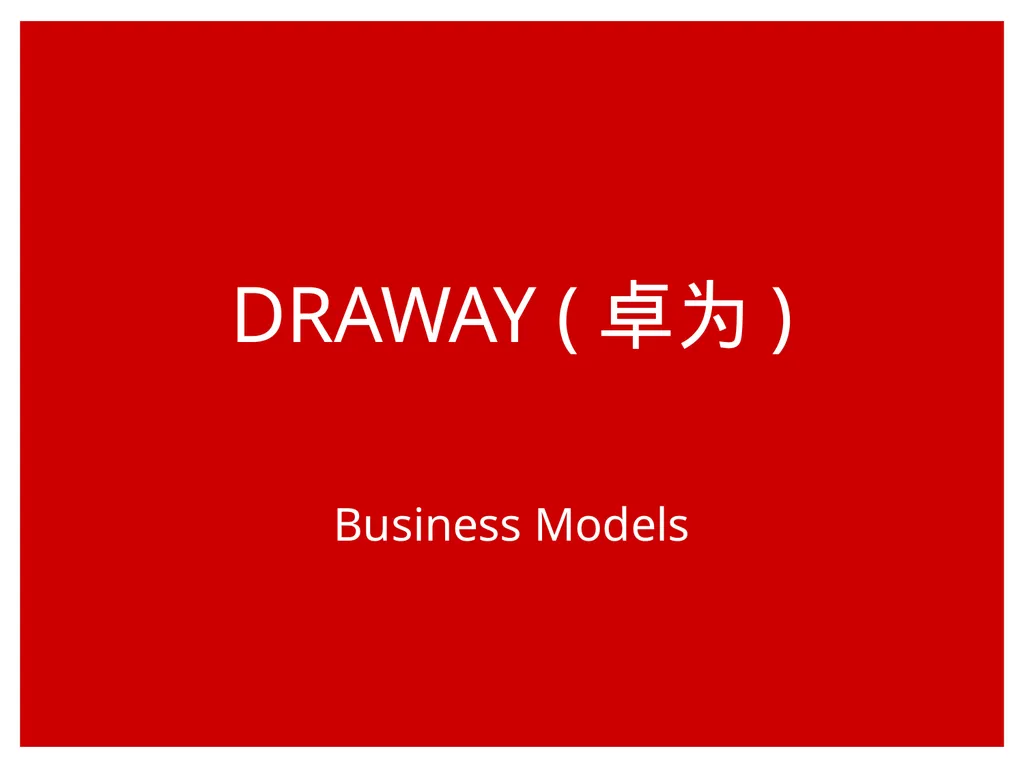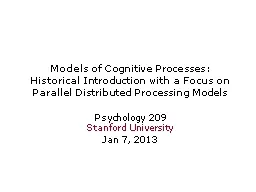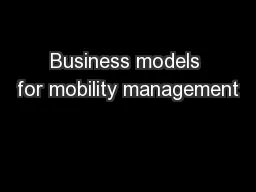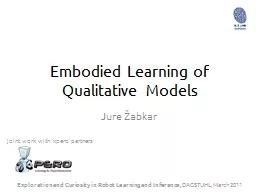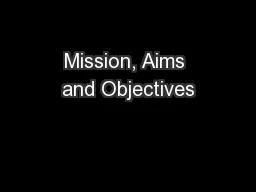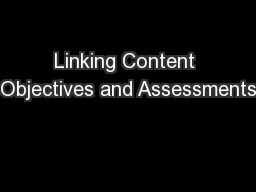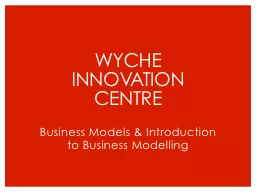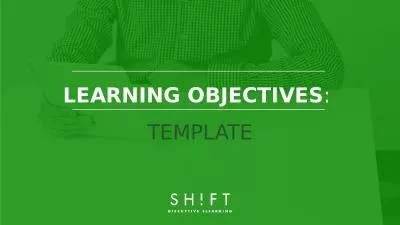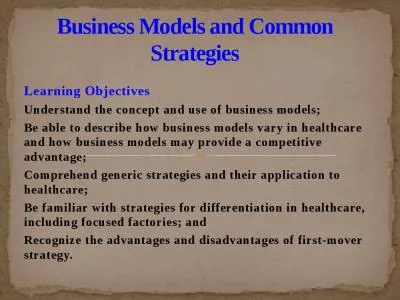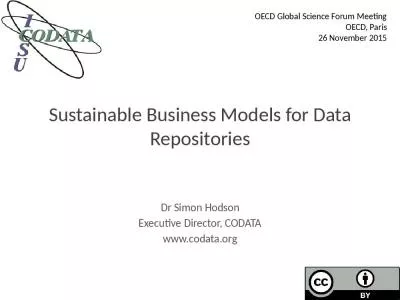DRAWAY (卓为) Business Models Learning Objectives
Author : danika-pritchard | Published Date : 2025-06-23
Description: DRAWAY 卓为 Business Models Learning Objectives Compare and contrast common business models when applied to a business Evaluate intraentrepreneurial business processes and models What is a Business Model A business model is an abstract
Presentation Embed Code
Download Presentation
Download
Presentation The PPT/PDF document
"DRAWAY (卓为) Business Models Learning Objectives" is the property of its rightful owner.
Permission is granted to download and print the materials on this website for personal, non-commercial use only,
and to display it on your personal computer provided you do not modify the materials and that you retain all
copyright notices contained in the materials. By downloading content from our website, you accept the terms of
this agreement.
Transcript:DRAWAY (卓为) Business Models Learning Objectives:
DRAWAY (卓为) Business Models Learning Objectives Compare and contrast common business models when applied to a business. Evaluate intra/entrepreneurial business processes and models. What is a Business Model? A business model is an "abstract representation of an organization, be it conceptual, textual, and/or graphical, of all core interrelated architectural, co-operational, and financial arrangements designed and developed by an organization presently and in the future, as well as all core products and/or services the organization offers, or will offer, based on these arrangements that are needed to achieve its strategic goals and objectives. 4V Business Model Framework Value Proposition Description of the products/services an organization offers. Value Architecture Portrays the concept as a holistic structural design of an organization, including its technological architecture, organizational infrastructure, and their configurations. Value Network Depicts the cross-company or inter-organization perspective towards the concept. Value Finance Depicts information related to costing, pricing methods, and revenue structure. Al-Debel and Avison (2010) What is an Intrapreneur and the Impact of Intrapreneurship on an Organization? Pinchot(1984) defined intrapreneurs as “dreamers who do. Those who take hands-on responsibility for creating innovation of any kind, within a business.“ Antoncic and Hisrich(2001) conclude that intrapreneurship has a positive impact on organizational growth and profitability. Organizations that build structures and embed values to support intrapreneurship are consequently more likely to have a high intrapreneurial orientation and are more likely to grow than organizations with a low intrapreneurial orientation. Intrapreneurial organizations are more innovative, they continually renew and this proactive approach leads to new business venturing. Case Study: Draway Set up in 2012, a professional information technology service provider. Offering two products. The first one is software outsourcing, that is, helping other companies to develop new functions for their software; The second one is the vehicle networking product, a vehicle fault detector. Case Study: Draway In their own words: When we first started this company, to avert risks, we adopted only software outsourcing, even without collecting shares. The weaknesses lie in its low gross profit margin and lack of continuity. So we’ve been thinking about developing our own products. In my opinion, starting up a business requires constantly trying new things. Because it’s not a route from 1 to 100, it’s not as clear a model as that in conventional fields, to open one store after another. You have to keep trying until settling on a proper direction and model and then increasing investment
